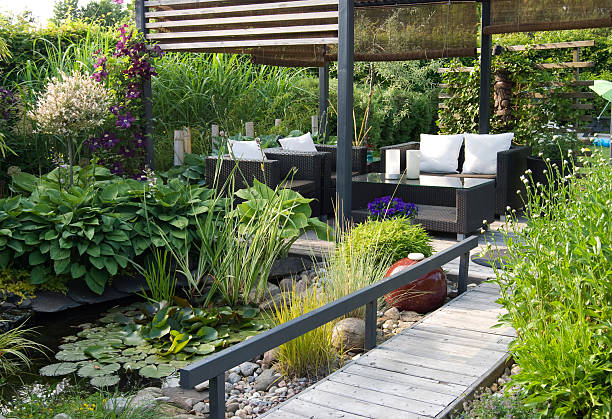INTRODUCTION
The ZZ Plant (Zamioculcas zamiifolia) is one of the most low-maintenance and stylish houseplants for modern homes. In this guide, we’ll show you how to grow and care for a ZZ Plant the right way. Native to Eastern Africa, this hardy plant is perfect for beginners, busy homeowners, and low-light environments.

Why Choose a ZZ Plant?
- Low Maintenance: Perfect for new plant parents and travelers.
- Air Purifier: Removes harmful chemicals like xylene and toluene.
- Tolerates Low Light: Thrives in shaded corners and indirect light.
- Water Efficient: Stores moisture in rhizomes; needs less frequent watering.
- Modern Aesthetic: Upright stems and glossy leaves suit any interior.
Best Varieties to Grow Indoors
- Raven ZZ: Black-purple leaves; elegant and bold.
- Regular ZZ: Classic green foliage; most common.
- Zenzi (Dwarf ZZ): Compact and ideal for small spaces or desktops.
Light Conditions
The ZZ Plant thrives in low to medium light, but grows best in bright, indirect sunlight. It’s perfect for offices, bathrooms, or rooms with minimal natural light. Avoid direct sun, which may burn its leaves.
Watering Tips – ZZ Plant
- Water every 2–3 weeks, allowing the soil to dry out between waterings.
- Water less in the winter.
- Yellowing leaves or mushy stems = too much water.
Ideal Soil Type – ZZ Plant
- Use a well-draining potting mix, such as cactus or succulent soil.
- Add sand or perlite for improved aeration.
- Make sure your pot has drainage holes to avoid root rot.
Temperature & Humidity Requirements
- Best temperature range: 65–75°F (18–24°C).
- Tolerates normal indoor humidity.
- Avoid cold drafts or sudden temperature changes.
Feeding and Fertilizing
- Fertilize once a month during spring and summer with a balanced liquid fertilizer.
- Do not fertilize in winter.
- Over-fertilizing is unnecessary — the Plant grows slowly and steadily.
Common Issues and How to Solve Them
- Yellow leaves: Typically from overwatering.
- Drooping or leaning stems: May need more light or pruning.
- Root rot: Caused by poor drainage — repot with dry, healthy roots.
How to Propagate ZZ Plants
- Division: The easiest method. Separate rhizomes during repotting.
- Leaf Cuttings: Takes longer — place cuttings in soil or water and wait for roots to develop.
- Be patient! This Plant propagation is slow.
Indoor Design Ideas – ZZ Plant
- Looks stunning in white, ceramic, or matte black pots.
- Use in modern, minimalist, or Scandinavian interiors.
- Great for corners, bookshelves, or office desks.
- Pair with a Snake Plant for a dynamic indoor jungle look.
Toxicity Warning
The ZZ Plant is toxic to pets and humans if ingested. Keep it out of reach of children and animals, and wash hands after handling.
Conclusion
The ZZ Plant is a resilient, stylish, and health-friendly choice for any indoor space. It needs little attention but offers big rewards. Whether you’re a plant beginner or a busy homeowner, this houseplant fits seamlessly into any lifestyle and space.

